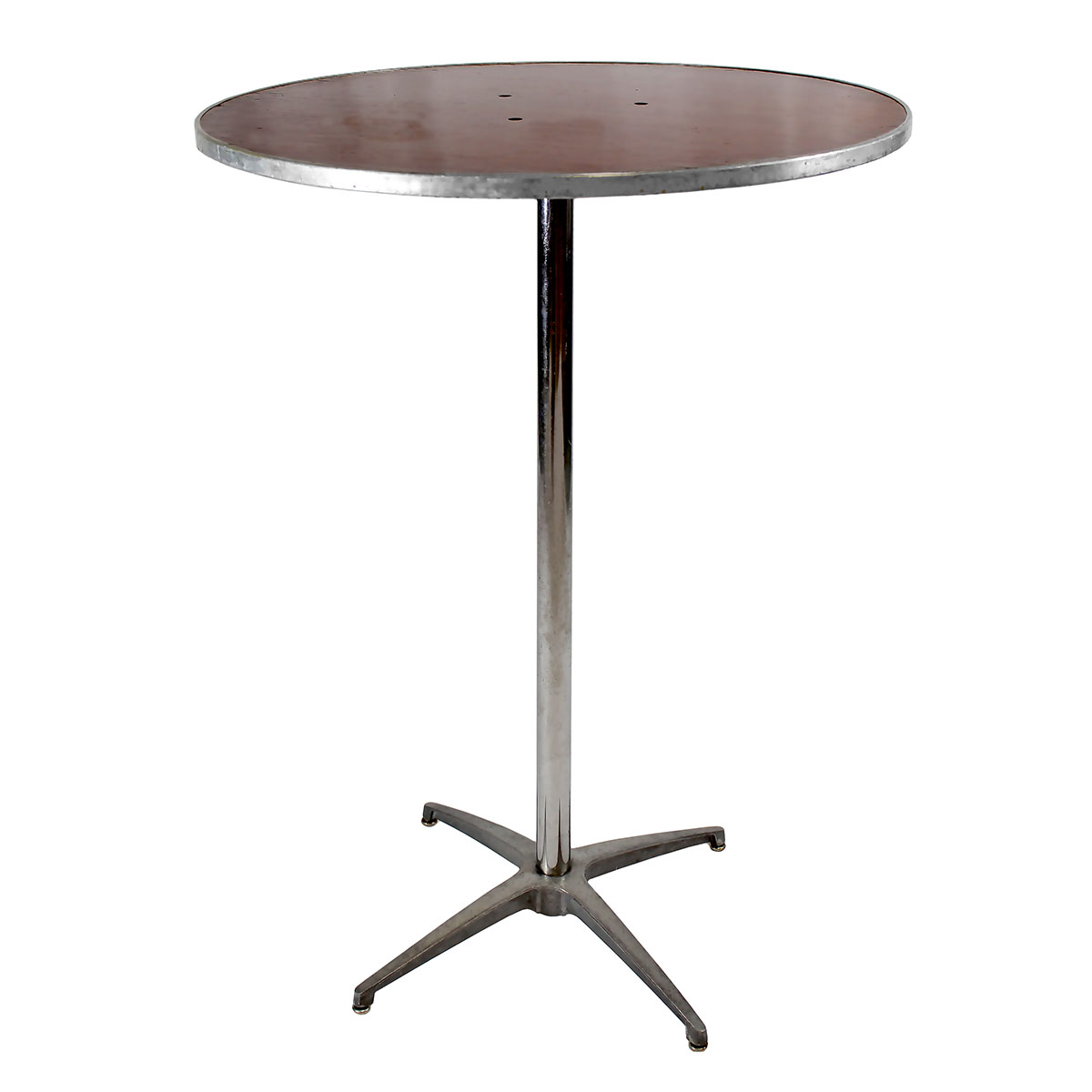Design and Characteristics of Canton Chairs and Tables: Canton Chair And Table

Canton chairs and tables, also known as “China Trade” furniture, represent a fascinating blend of Chinese and Western design aesthetics. These pieces, often crafted for export to Europe and America during the 18th and 19th centuries, embody the cultural exchange and artistic fusion of the time.
Materials and Construction
The materials used in Canton furniture reflect both Chinese tradition and the availability of resources in the region.
- Wood: Canton furniture was primarily crafted from hardwoods like rosewood, teak, and camphorwood, prized for their durability and rich coloration. These woods were often sourced from Southeast Asia, reflecting the extensive trade networks of the time.
- Lacquer: A distinctive feature of Canton furniture is the use of lacquer, a resinous substance derived from the sap of the lacquer tree. Lacquer was applied in multiple layers, creating a durable and highly polished finish. It often served as a canvas for intricate decorative motifs.
- Ivory and Bone: Inlays of ivory and bone were frequently used to embellish Canton furniture, adding a touch of elegance and refinement. These materials were meticulously carved and fitted into the wood, creating intricate patterns and designs.
- Metal: Metal accents, such as brass or bronze, were also incorporated into Canton furniture, often used for hardware, decorative elements, or as inlays.
Shapes and Forms, Canton chair and table
Canton chairs and tables exhibit a range of shapes and forms, drawing inspiration from both Chinese and Western design traditions.
- Chairs: Canton chairs often featured a distinctive “X” shaped stretcher design, providing both structural support and a decorative element. They were also known for their curved backs, sometimes adorned with intricate carvings. Some chairs, influenced by Western styles, incorporated a more upright, rectangular back design.
- Tables: Canton tables could be found in various shapes, including round, square, and rectangular. They often featured elaborate legs, sometimes carved with animal motifs or intricate scrollwork. Tables were frequently designed with multiple tiers, providing additional surface space and a sense of grandeur.
Decorative Elements
Canton furniture is renowned for its exquisite decorative elements, which reflect the artistic traditions of both China and the West.
- Carving: Intricate carvings were often employed to adorn the surfaces of Canton furniture. Motifs included floral designs, geometric patterns, and scenes from Chinese mythology or literature.
- Inlay: Ivory, bone, and metal were frequently used for inlay work, adding a touch of refinement and visual complexity to the furniture. These inlays often formed elaborate patterns, creating a sense of depth and texture.
- Lacquer Decoration: Lacquer served as a canvas for intricate decorative motifs, often painted with vibrant colors and fine details. Themes ranged from landscapes and floral patterns to scenes from Chinese history and mythology.
Contemporary Relevance and Appreciation

The resurgence of interest in Canton chairs and tables in modern design and décor is a testament to their enduring appeal and timeless elegance. These furniture pieces, once cherished for their intricate craftsmanship and historical significance, are now finding new appreciation for their versatility, comfort, and unique aesthetic qualities that seamlessly blend with contemporary design trends.
Contemporary Design Trends
The appeal of Canton chairs and tables in contemporary settings stems from their ability to create a unique and inviting ambiance. Their intricate carvings, delicate proportions, and rich finishes add a touch of sophistication and historical charm to modern spaces.
- Minimalist Interiors: Canton chairs, with their clean lines and simple forms, complement minimalist interiors, adding a touch of warmth and character without overwhelming the space.
- Global Influences: The global design trend embraces diverse cultural influences, and Canton furniture, with its roots in Chinese craftsmanship, fits seamlessly into this aesthetic.
- Eclecticism: Canton chairs and tables, with their distinctive style, can be integrated into eclectic interiors, adding a focal point and a touch of historical flair.
Contemporary Designers and Artists
Several contemporary designers and artists have embraced the beauty and functionality of Canton chairs and tables, incorporating them into their work and reinterpreting their traditional designs for modern audiences.
- [Designer’s Name] (Mention their work or specific project, e.g., a furniture collection, installation, or design concept that incorporates Canton chair or table elements).
- [Artist’s Name] (Mention their work or specific project, e.g., a sculpture, installation, or design concept that incorporates Canton chair or table elements).
Canton chair and table – Canton chairs and tables often embody a classic, traditional style, while bean bag chairs offer a more contemporary and relaxed vibe. If you’re seeking a comfortable and stylish seating option, consider browsing the selection of target com bean bag chairs for a unique and modern touch to your living space.
Of course, Canton chairs and tables still hold their place in many homes, offering a sense of timeless elegance and durability.
Canton chairs and tables are often found in traditional settings, offering a timeless elegance. However, even in these classic pieces, the comfort and appearance of the chairs can be enhanced with a simple touch. Consider using office chair cover cloth to protect the fabric and refresh the look of your Canton chairs.
This can add a touch of modernity while preserving the integrity of your antique furniture, allowing you to enjoy the beauty of your Canton set for years to come.
